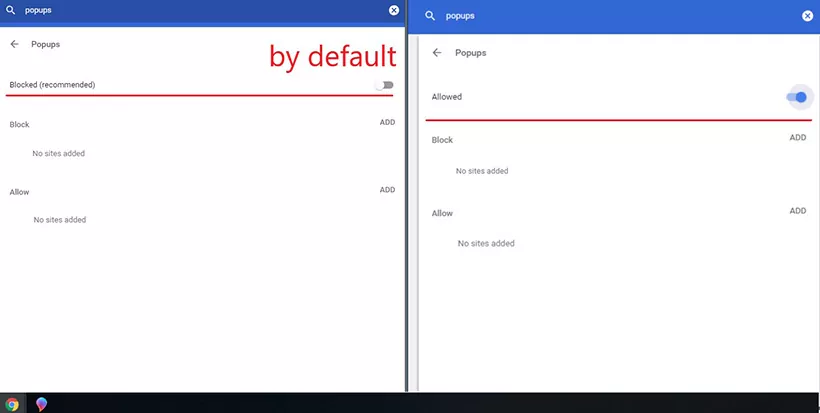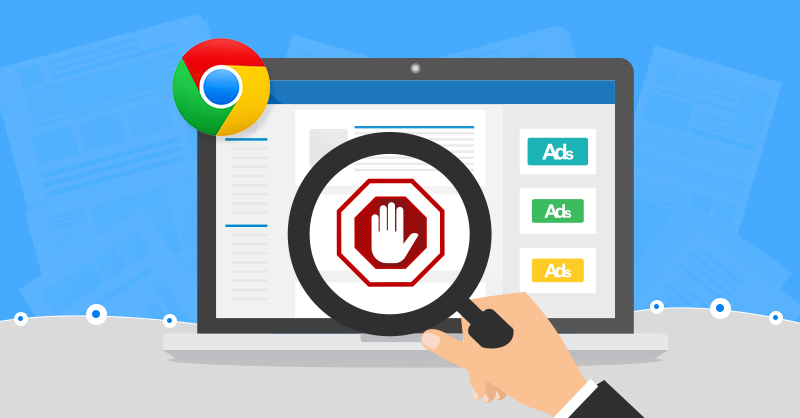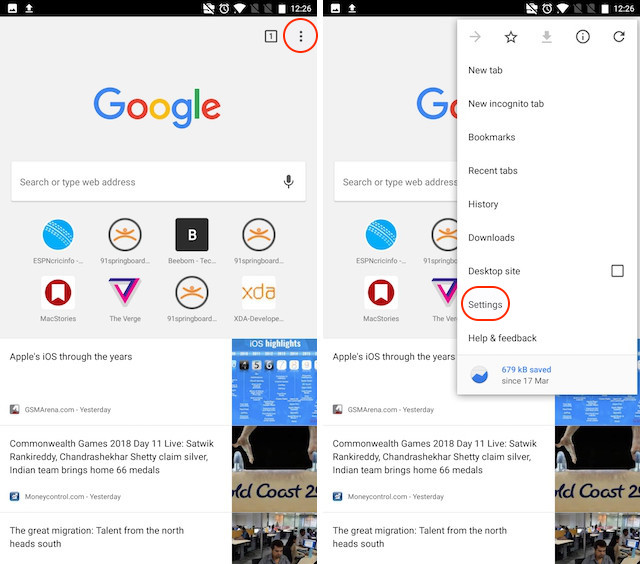
You might be surprised that even after going through the process of blocking pop-ups natively and running a third-party extension, some pop-ups still keep appearing.



Since Google Chrome is the most popular browser in the world, the choice of such extensions is dizzying, which is also a curse because you don’t know which ones are good.īefore we do that, however, let’s explore Chrome’s native pop-up blocker feature first: The extension does not record your browsing history, capture your passwords or bank account numbers, or secretly collect or change data you submit on a web form.The go-to way of removing pop-ups is installing a special pop-up blocker Chrome supports natively. It's important to know that just because AdBlock can see everything on a web page, it doesn't mean it actually does anything with it. Change the data on the page by adding some HTML, CSS, and JavaScript code to the page to hide unblocked ads.This also means that AdBlock can see any forms you submit and your browsing history on that tab. See all the data on the page to find any unblocked ads among the other content.This also means that AdBlock knows the URL of every page you visit. See every page you open so that AdBlock can run on every page you visit.

That's because it's important to be careful with your browser permissions! You should be aware of what your browser extensions can do.Īd blockers work by 1) blocking a web page's requests to download ads from the servers that host them and, 2) hiding any ads that can't be blocked. This could include sensitive information like passwords, phone numbers, and credit cards." Although the exact wording depends on which browser you use, the warnings all sound a little scary. It will look something like this: "AdBlock can read, modify, and transmit content from all web pages. When you install AdBlock for the first time, AdBlock will request some permissions to operate within your browser.


 0 kommentar(er)
0 kommentar(er)
